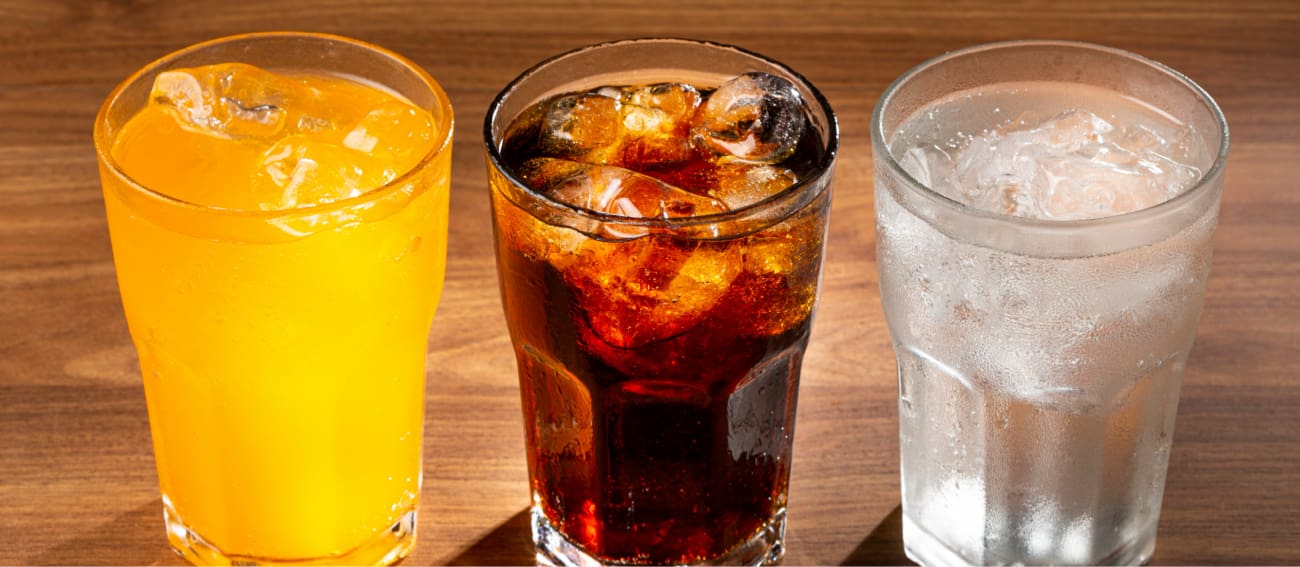Invisible soda
Objective: Transform Coca-Cola into a colorless solution

-
Laboratory materials
Beaker
-
Reagents
Coca-Cola
Milk
-
Questions
What do you observe when the milk is added? And after 2 hours?
Could you explain what is going on?
Procedure
- Add 100 mL of Coca-Cola in a beaker.
- Add 2mL of milk and observe what happens. Check again after 30 minutes and after 2 hours.
Theoretical explanation
The most important proteins found in milk are called caseins. These proteins do not dissolve completely, they form a colloidal dispersion. Milk has a pH of 6.6, and the predominant charges on these molecules are negative, leading to repulsion between the proteins and maintaining equilibrium.
Coca-Cola contains various acids (mainly carbonic acid and, especially, phosphoric acid), resulting in a fairly low pH, around 3. When we add milk to the soft drink, it changes the charge of the proteins leaving the same number of positive and negative charges (this is called the isoelectric point). At this point, the proteins bind to each other, breaking the equilibrium that existed. With these unions, what happens is that large-sized aggregates of high molecular weight form, which cannot be maintained in suspension. They then precipitate, dragging other substances such as those that provide color to the soft drink.

Let's create a brighter future
Join our team to work with renowned researchers, tackle groundbreaking
projects and contribute to meaningful scientific advancements














